Historical Observations: A Time Traveler's Perspective of U.S. History
VerifiedAdded on 2023/06/08
|5
|1019
|187
Report
AI Summary
This report presents a series of observations made through the use of a time machine, exploring significant periods in U.S. history. The journey begins in a Massachusetts textile factory during the Gilded Age, highlighting the industrial advancements and labor conditions of the time. Subsequent stops include the U.S. military during World War I, offering a glimpse into the war's realities and the soldiers' sentiments. The report then moves to 1920s Chicago, depicting the city's crime-ridden underbelly and burgeoning skyline. A visit to 1930s New York City showcases the architectural marvels and societal trends of the era. The report also examines the home fronts during World War II and the Vietnam War, observing the impact of these conflicts on American society, including rationing, protests, and the rise of counterculture movements. The report draws upon various historical sources to provide a comprehensive overview of these pivotal moments in American history.
1 out of 5
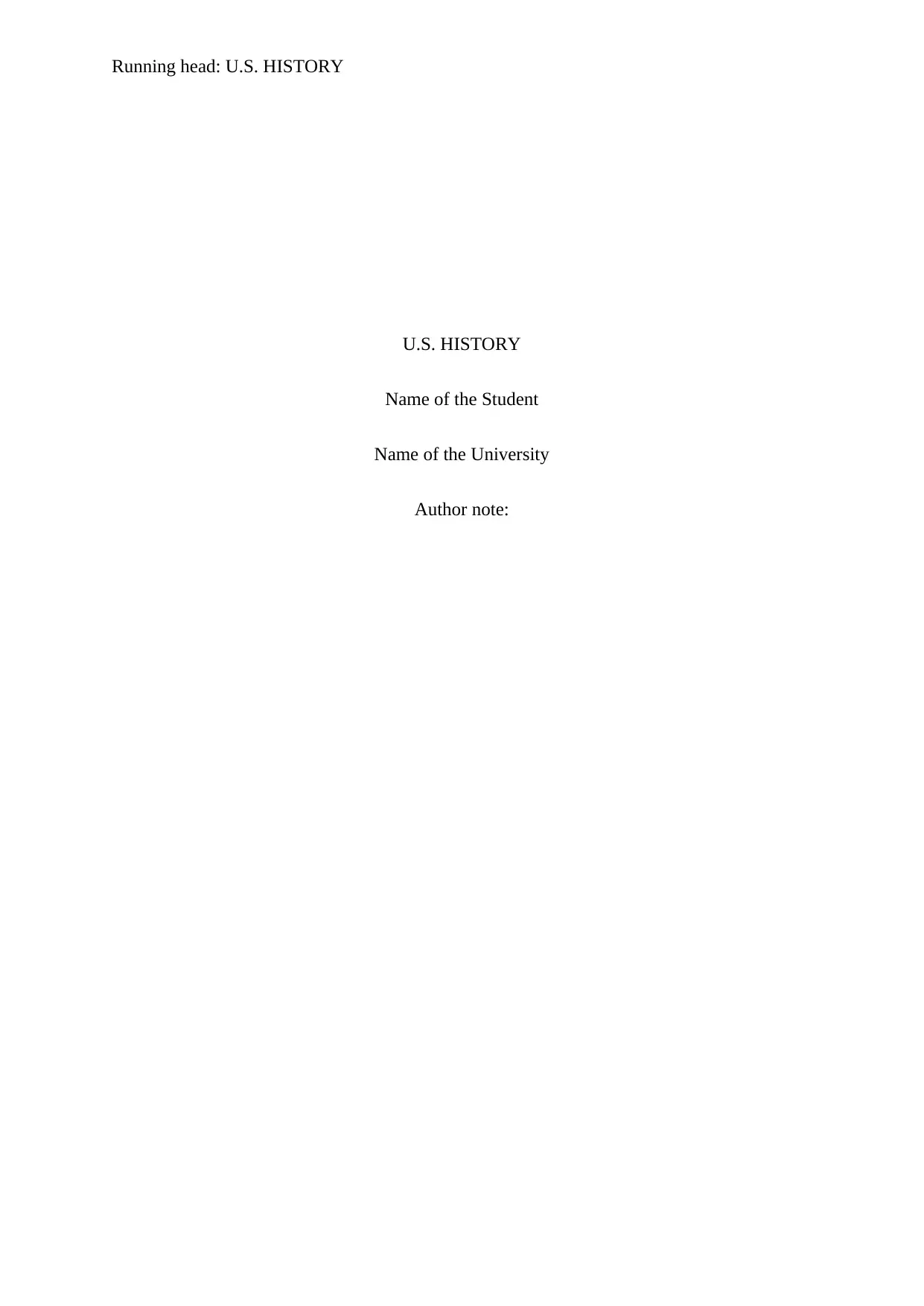
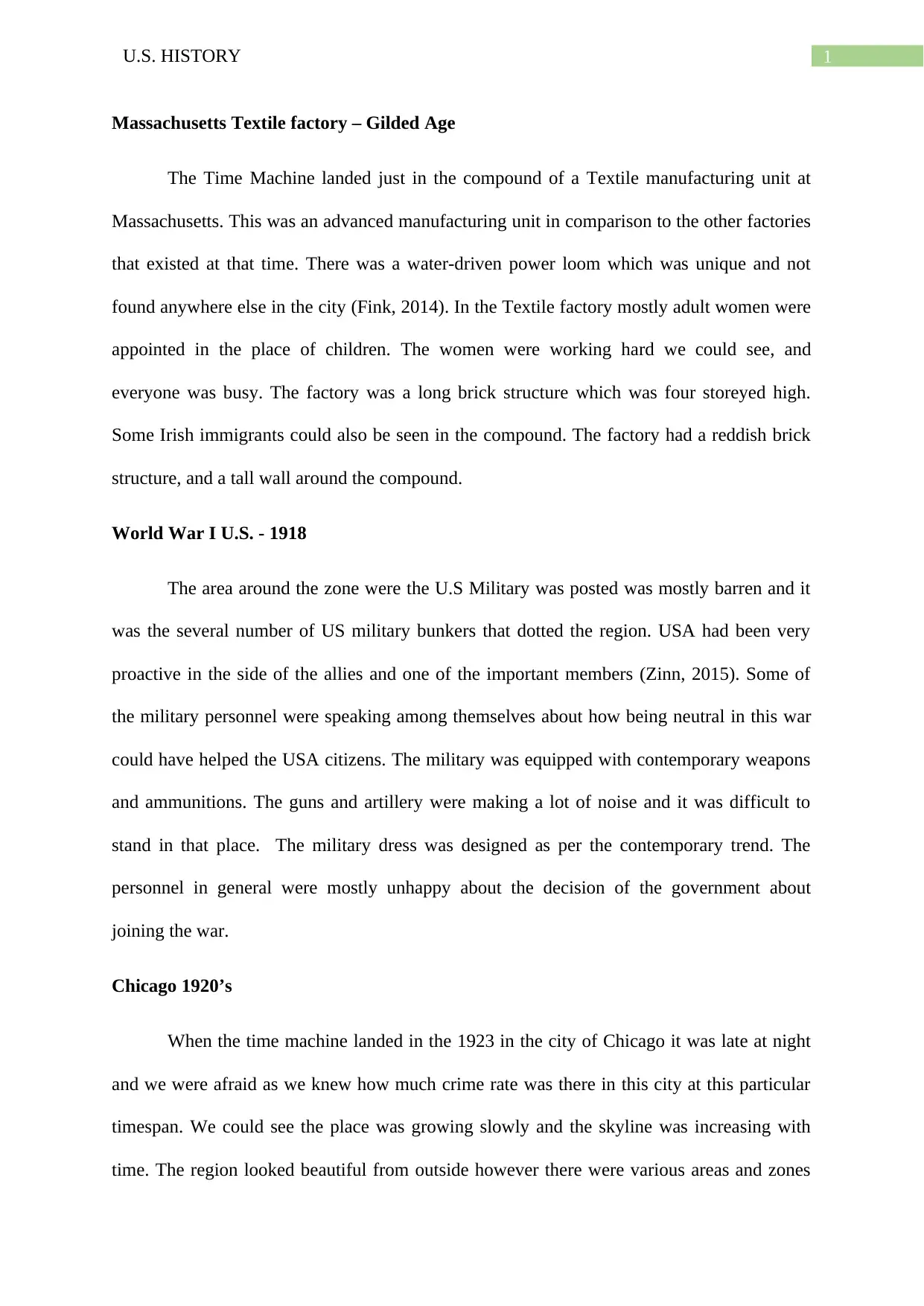
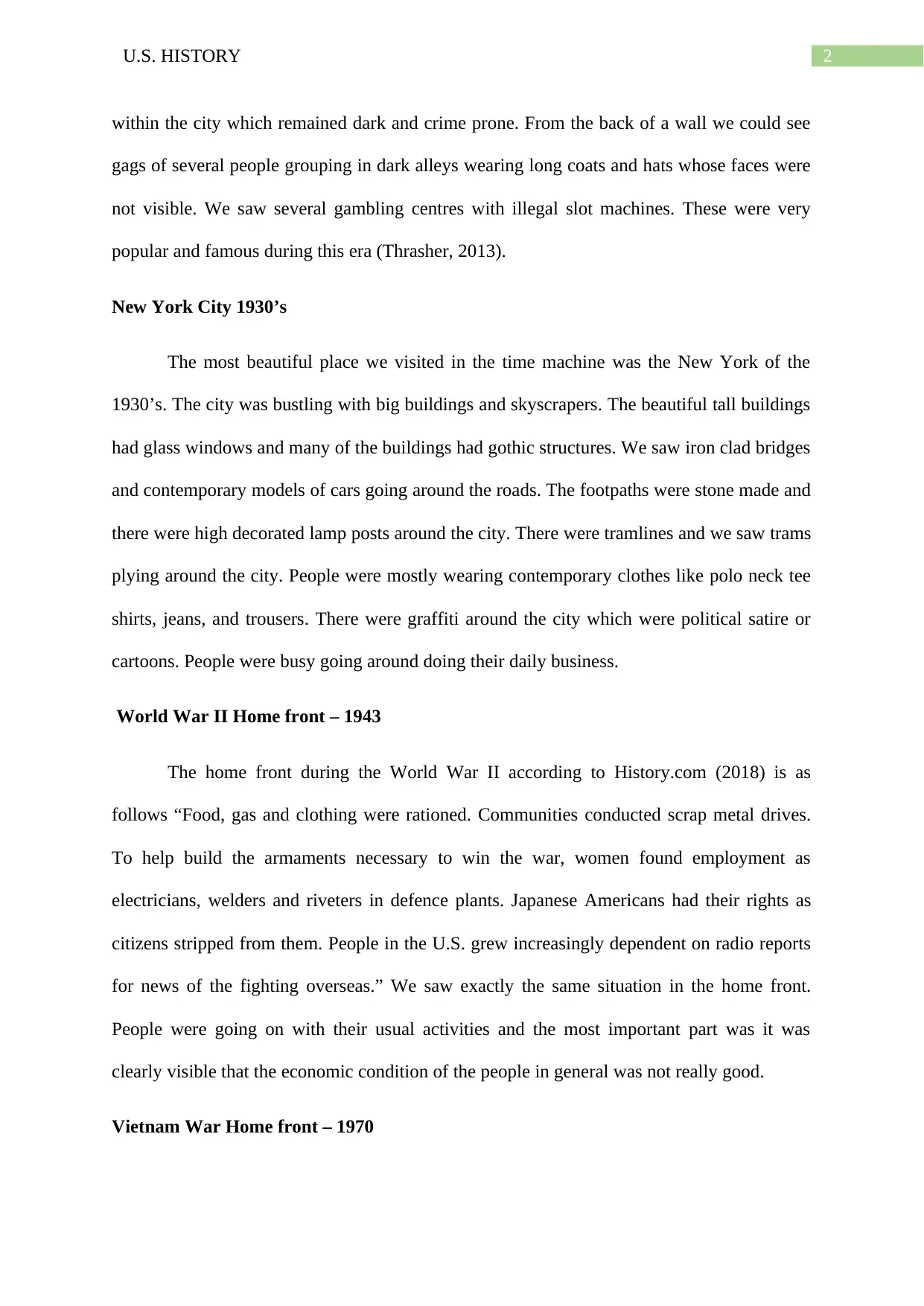

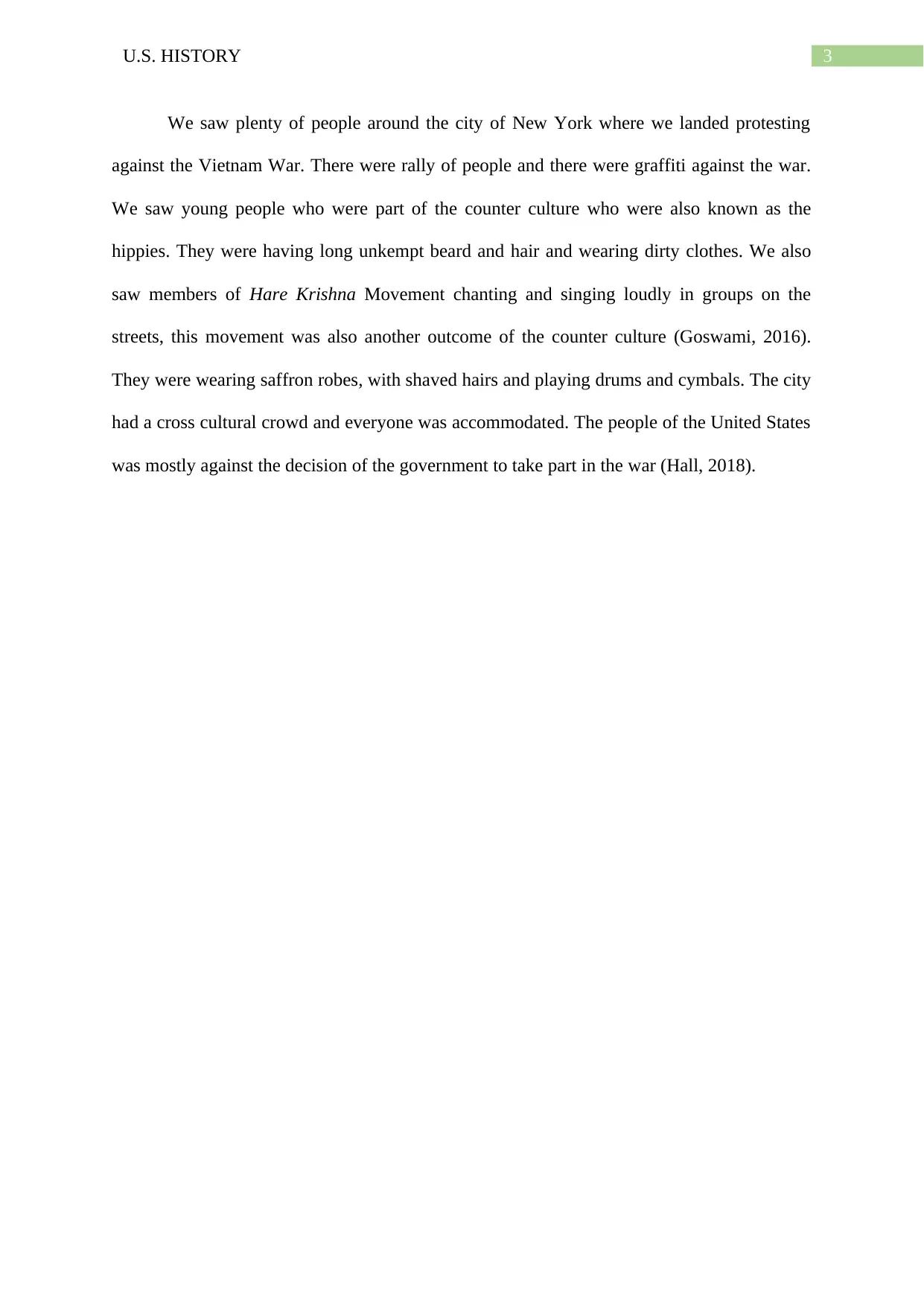
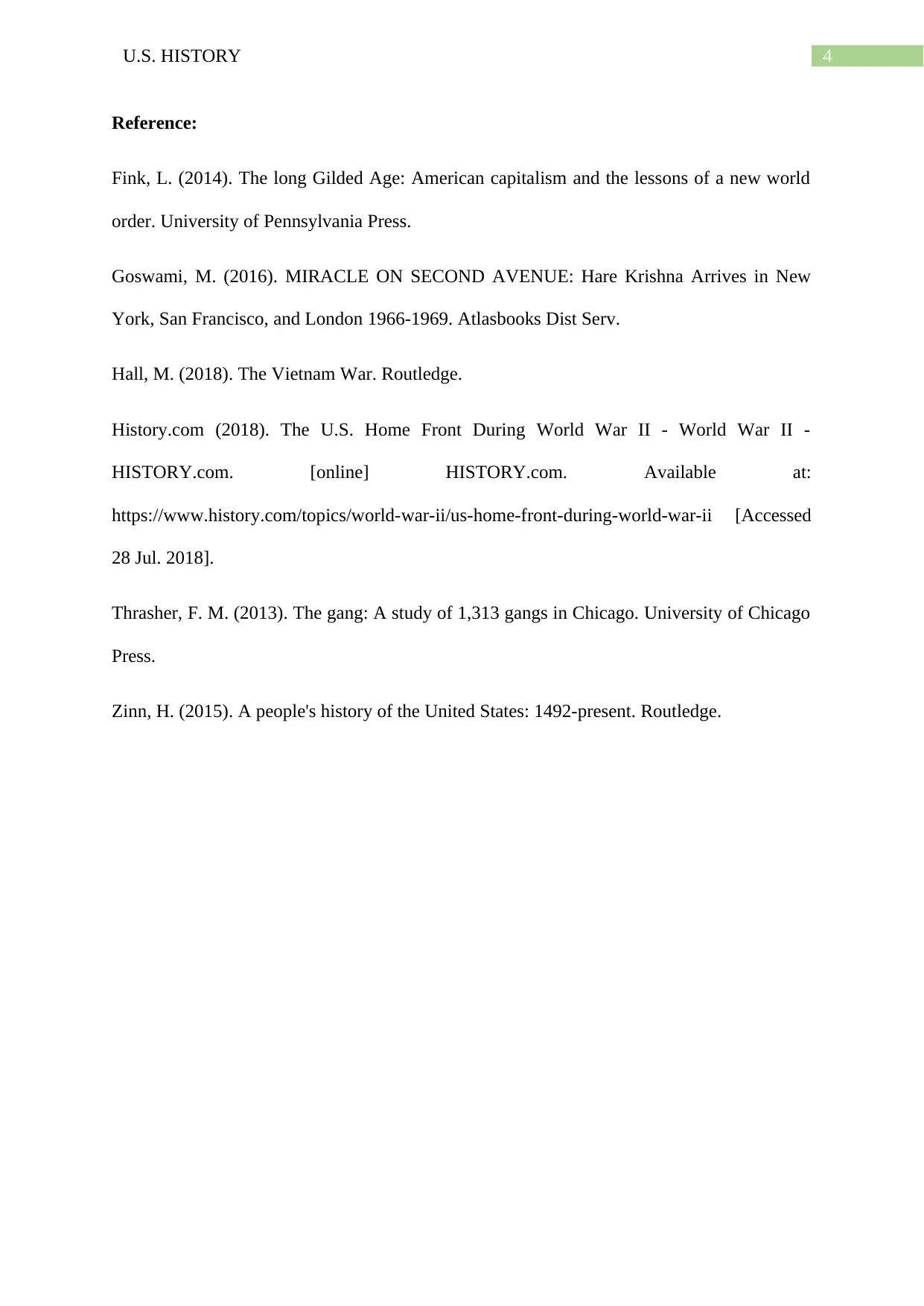
![[object Object]](/_next/static/media/star-bottom.7253800d.svg)